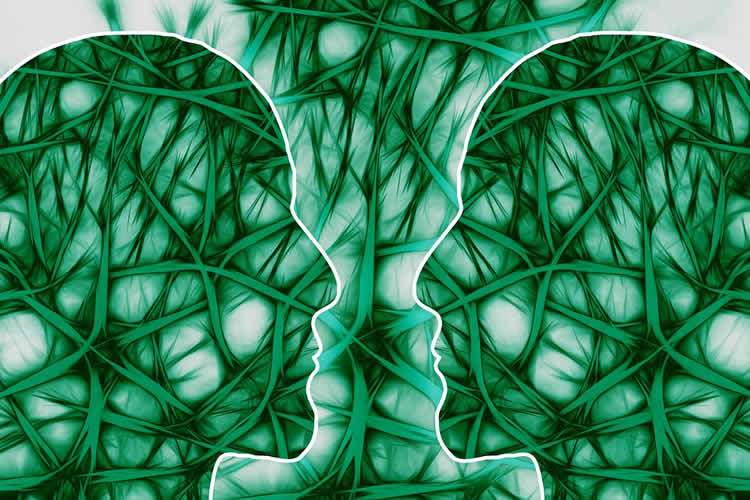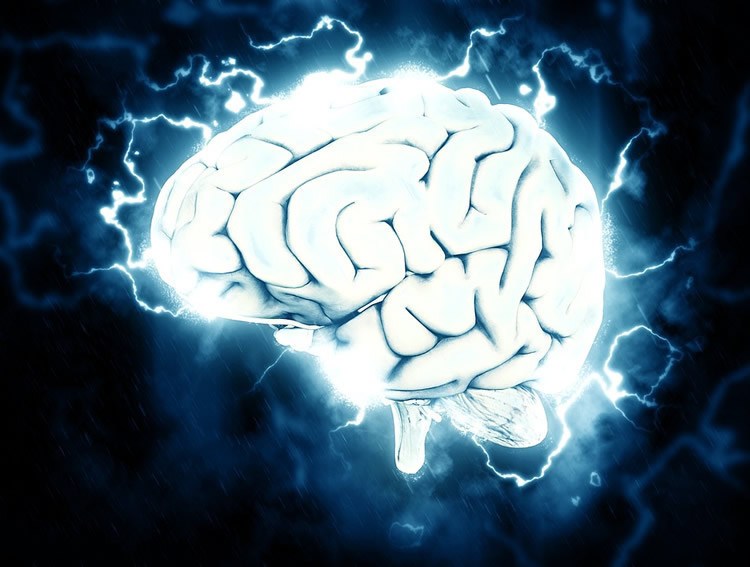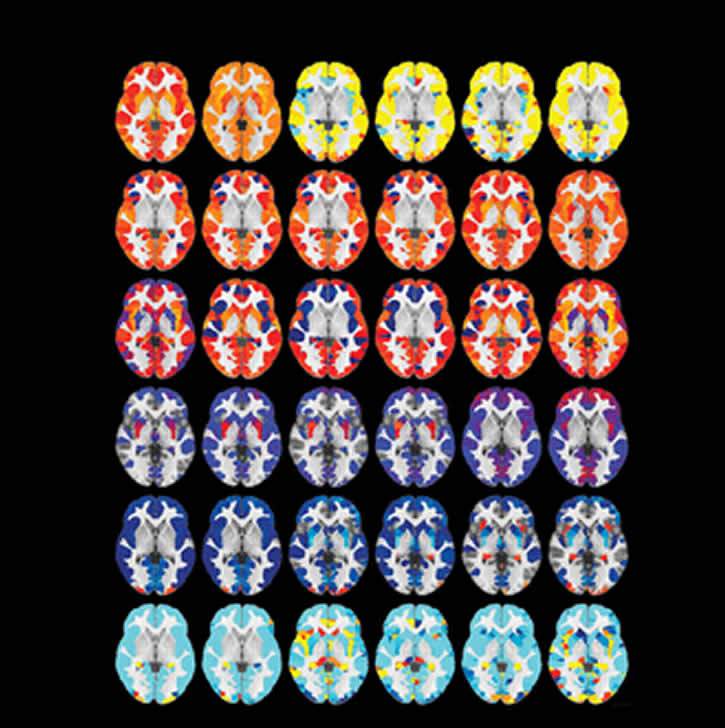Summary: According to researchers, people who consumed at least three servings of low fat dairy a day were had a 34% higher risk of developing Parkinson’s disease. Source: AAN. Consuming at least three servings of low-fat dairy a day is associated with a greater risk of developing Parkinson’s disease compared to consuming less than one serving a day, according to a large study published in the June 7, 2017, online issue of Neurology. In addition, drinking more than one serving of low-fat or skim milk per day is associated with a…
Read MoreCategory: Brain
How Neurons Use Crowdsourcing to Make Decisions
Summary: Researchers investigate how neurons work together to help us make decisions. Source: Santa Fe Institute. How do we make decisions? Or rather, how do our neurons make decisions for us? Do individual neurons have a strong say or is the voice in the neural collective? One way to think about this question is to ask how many of my neurons you would have to observe to read my mind. If you can predict I am about to say the word “grandma” by watching one of my neurons then we…
Read MoreAddressing Misconceptions About Electroconvulsive Therapy
Summary: Despite popular belief, many patients who receive ECT view the therapy in a positive light, researchers report. Source: Wiley. Electroconvulsive therapy (ECT) has long had a stigma of being a painful and barbaric method of treatment, but a new study found that patients undergoing ECT for a variety of psychiatric disorders view the therapy in a positive light. In the study of 30 patients, 80% found ECT a useful procedure that they would readily have again, with 70% saying it was more efficacious than drug therapy. The study’s investigators…
Read MoreConnecting the Dots Between Dreams and Brain Disease
Summary: Researchers report dream dysfunctions and sleep disorders may be warning signs of neurodegenerative diseases up to 15 years before other symptoms appear. Source: Canadian Association For Neuroscience. REM sleep disorders could be early warning sign for neurological disease later in life. Dr. John Peever at the University of Toronto has been working to answer one of humanity’s greatest questions: how do we dream? He has found a certain area of the brain is responsible for this phenomenon and that troubles with normal dreaming may be an early warning sign…
Read MoreGray Matter Density Increases During Adolescence
Summary: While brain volume decreases during the transition from childhood to young adulthood, gray matter volume actually increases, researchers report. Source: University of Pennsylvania. For years, the common narrative in human developmental neuroimaging has been that gray matter in the brain – the tissue found in regions of the brain responsible for muscle control, sensory perception such as seeing and hearing, memory, emotions, speech, decision making, and self-control – declines in adolescence, a finding derived mainly from studies of gray matter volume and cortical thickness (the thickness of the outer…
Read More




